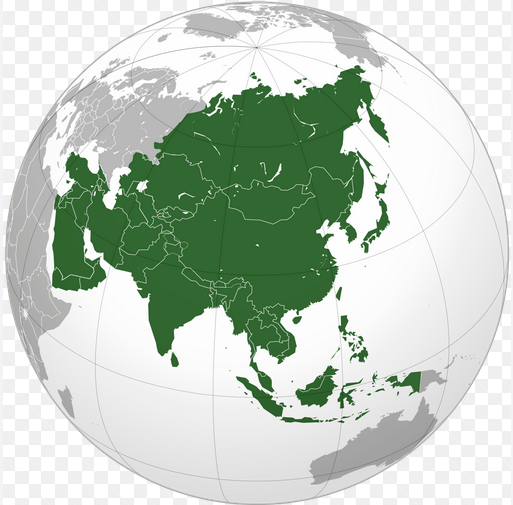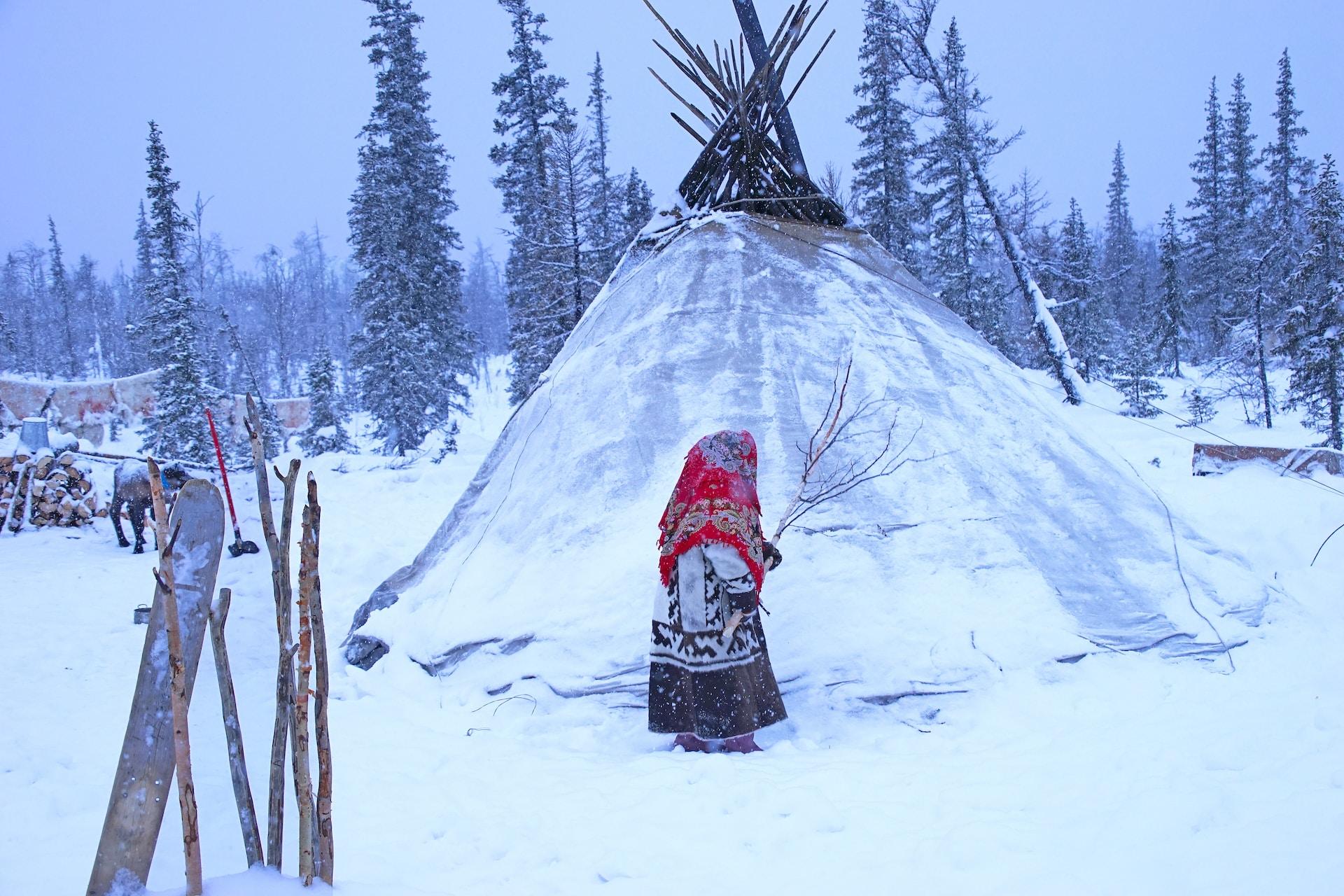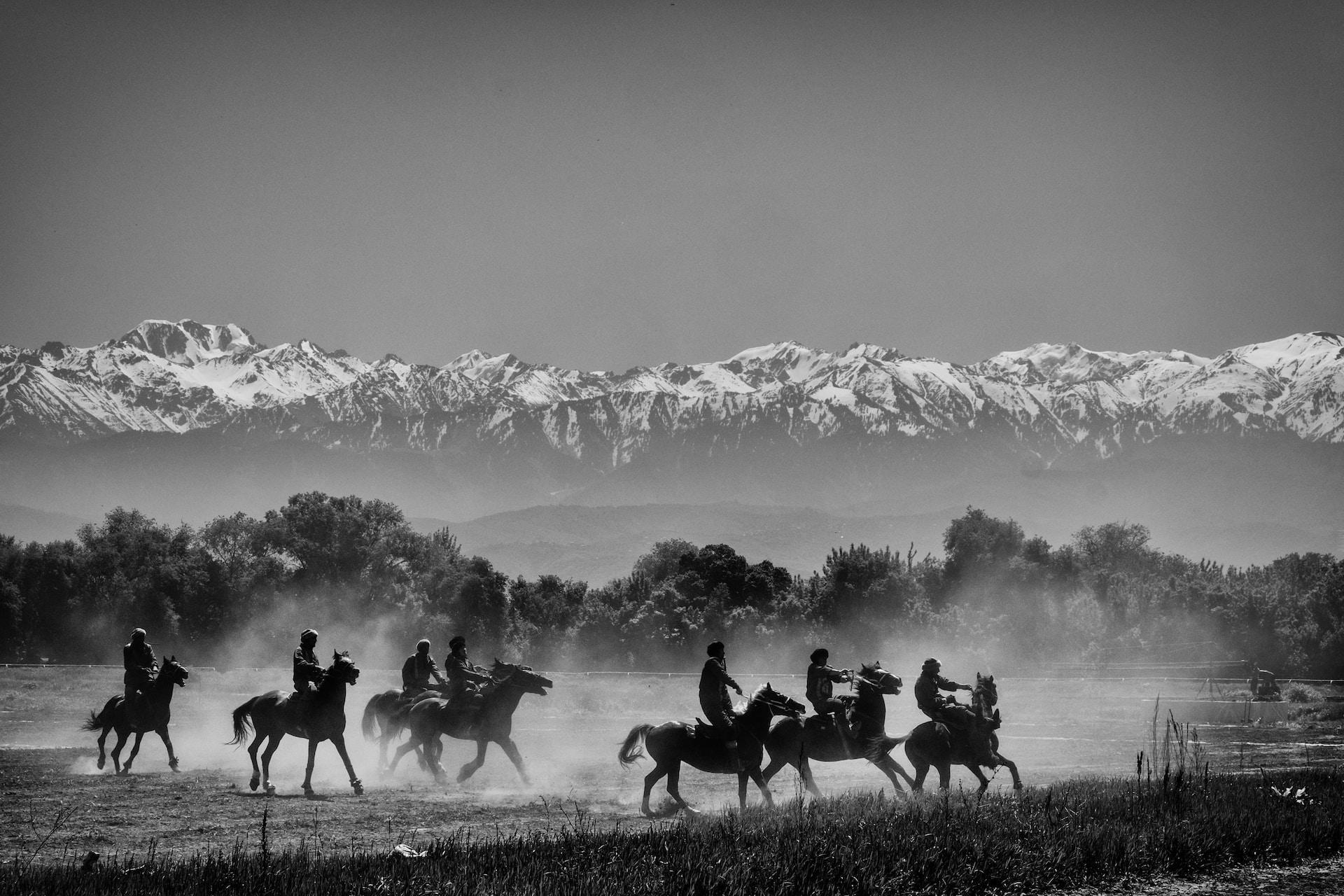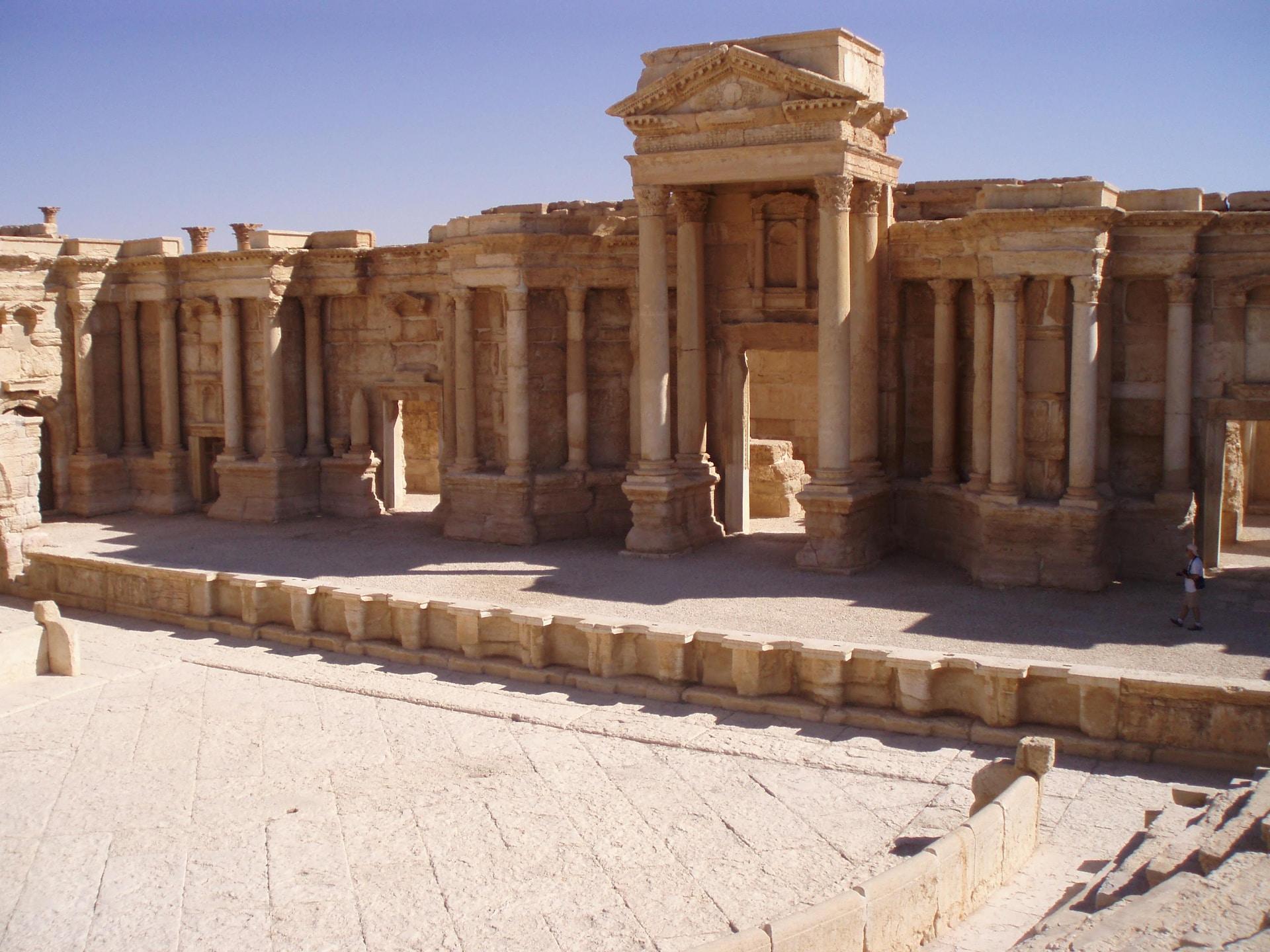Asian Heritage: Explore the Cultural Roots and Traditions
What Is Meant by Asian?
Asia is the largest continent on the planet. At over 44 million square kilometers it covers 30% of earth's total land area and 8% of the planet's total surface area. It is therefore a considerable portion of our planet.

For a long time the combined continent of Asia has been home to the majority of the world's population and is considered the location of many of the world's first major civilizations. As of 2022 Asia is home to around 4.75 billion people which is roughly 60% of the population of the entire planet.
The term Asian then is used to refer to people from this vast continent whether they are still living in the region or if they are descendants of peoples from Asia.
Regions of Asia
Asia is vast and includes many countries so to start we should look at this continent based on its main regions. The UN for the purpose of statistics separates Asia into the following perceived regions:
- North Asia (includes Siberia)
- Central Asia (includes Kazakhstan, Kyrgyzstan, Uzbekistan and other countries)
- West Asia (includes the Middle East, Near East and the Caucasus)
- South Asia ( includes the Indian subcontinent)
- East Asia (includes the Far East)
- Southeast Asia (includes the East Indies and Indochina)
North Asia
History of the Region
There is evidence of modern humans living in this region since around 45,000 years ago and it seems they may have migrated there from Western Eurasia. Historically it is a region that has been in conflict with other Asian regions battling the Persian empire, China and the Mongolians at various times throughout history.
Since the 16th century however this region of Asia has been under the control of Russia but has still seen conflicts internally with the various changes of control.
Religion
North Asia, or more specifically Siberia, is home to significant numbers of religions including orthodox Christianity, Tibetan Buddhism, Judaism and Islam. The predominant faith in the region however is the Russian Orthodox Church.
Traditional Siberian religion was geared more toward shamanism and polytheism and some of the region's more remote tribes still hold these more ancient beliefs. There are multiple deities in the traditional Siberian religion including Ak Ana (Holy Mother), Bugady Musan (Guardian of nature), Kini’je (god of time), and many others.
Culture
North Asia is home to multiple tribal groups as well as peoples of varied religions. To say it is multicultural would be an understatement. A lot of the regions' culture however does focus on the natural world while portions of it would see cultural celebrations related to Christianity, Islam, Judaism and Buddhism.

You may also find regions where older native religions have merged with more modern major religions to create unique cultural identities. Essentially the culture of this region can be quite varied so for a researcher seeking their root in this region would need to determine the faith and former home of their ancestors from this region.
Central Asia
History of the Region
Since early history the Central Asian region has been formed by its climate and geography. Generally too arid for serious agriculture and cut off from oceanic trade routes this was not the seat of many early civilizations.
This is a region in which major cities were rare and the general populace developed a nomadic lifestyle. The few peoples of the region who could settle and thrive would be constant targets for the nomadic tribes. These nomadic tribes relied heavily on horses which helped them become militarily potent threats.
In early history however these nomadic groups were numerous but small in scale. However it is thought that the establishment of the Silk Road land trading route that passed through Central Asia created an ability for some groups to band together.
This would lead to powerful nomadic alliances such as the Huns and the Mongolians who would both establish significant empires.
Countries of Central Asia
Central Asia is sometimes referred to as the home of the stan’s because all 5 of its main countries end with stan. These countries are
- Kazakhstan
- Kyrgyzstan
- Tajikistan
- Turkmenistan
- Uzbekistan
Languages
Prior to Islamic influences in Central Asia the most common language types were Iranian in nature. In modern times historic influences from Russia mean that the Russian language is extremely common in the countries of Central Asia.
There are also Turkic languages which originated in Eurasia and Eastern Europe spoken in Central Asia. Countries such as Uzbekistan, Tajikistan, Kyrgyzstan, and Afghanistan all have their own versions of Turkic languages. Tibetic languages can also be found in Central Asia.
Culture
Considered a crossroads of Asia, Central Asia is multicultural and home to many varied religions. Traditional beliefs had shamanistic roots which led to major religions such as Buddhism. Islam, Buddhism and even Christianity can be found in Central Asia.

The various belief systems can dictate the general culture which can be vastly distinct depending on the country. It is therefore important to pinpoint where your ancestors are from to be able to determine their traditional culture and religious beliefs.
West Asia
History of the Region
Often referred to as the Cradle of Civilization the regions of West Asia are the origination point for many of history's oldest cultures. The Sumerians for example date back to the 5th millennium BC and the Egyptians are also considered part of this region. Central Asia then has seen a great deal of influence from Asian and European empires over the centuries.
Countries of West Asia
West Asia is a relatively small region but has a number of countries which include:
- Turkey
- Georgia
- Azerbaijan
- Cyprus
- Syria
- Iraq
- Iran
- Egypt
- Jordan
- Kuwait
- Saudi Arabia
- Oman
- Israel
- Yemen
- United Arab Emirates
Religion
West Asia is the home and origin point for the four main religious groups: Christianity, Islam, Judaism and Druze. In modern times Islam is the dominant religion in the region although Christianity and Judaism are still well represented.
Various sects of these main extant religions are found in many countries of West Asia some that are practicing forms of the religion that are very traditional. The fourth religion to form in the region Druzism is largely found in Syria with almost half of the world's adherents living there.
Culture
The culture of this region is varied and likely dependent on the dominant religions in the various countries. Having an understanding of which country your ancestors may come from will give you an idea of the cultural roots and traditions they may have had.

South Asia
History of the Region
It is estimated that it was roughly 55,000 years ago that homo sapiens otherwise known as modern humans arrived in India. They would have migrated there from Africa where they had initially evolved as a species.
Human remains that are about 30,000 years old were found in South Asia but these people would have been nomadic hunter-gatherers for thousands of years. It was not until around 6,500 BC that we started to see evidence of the domestication of food crops and animals in the region. We began to see the development of permanent structures around this time as well.
Early forays into pastoral farming and agriculture would gradually lead to the development of the Indus Valley Civilization which flourished between 2,500 – 1900 BC in what is modern day Pakistan and Western India.
Their cities included Mohenjo-daro, Harappa, Dholavira, and Kalibangan and their artistic achievements included robust crafts and pottery. They also relied heavily on trade with neighboring peoples.
Prior to 2,000 BC most of the regions of the subcontinent were the Chalcolithic cultures. However between 2,000 – 500 BC many of these regions transitioned to Iron Age cultures. It was during this era that the Vedas, one of the oldest scriptures of Hinduism, was composed.
Historians believe this scripture may have been penned by the peoples of the Punjab or Genetic Plain. It was also during this time that historians believe that the Indo-Aryan migration occurred into the region from the north.
With the Aryan peoples came the archaic caste system which still is observed to a degree in India today. The new peoples created a hierarchy of priests, warriors and free peasants with the indigenous peoples already in the region being classed as the peasants. The concept that what the peasants did for their occupation was impure.
Countries of South Asia
The South Asia region is home to several countries which share a history of peoples and many religious connections. These are:
- Afghanistan
- Bangladesh
- Bhutan
- India
- Maldives
- Nepal
- Pakistan
- Sri Lanka
Languages
There are numerous languages in South Asia which tend to differ based on location although written script is divided sharply based on the most popular religions of an area. The most common language in South Asia is Hindustani followed by Bengali, Telugu, Tamil Marathi, Gujarati, Kannada and finally Punjabi.
Religion
As language prevalence would suggest with Hindustani being the most common language then the Hindu religion obviously is the most common religion. There are also over 510 million Muslims, 35+ million Christians. 27+ million Sikhs and over 25 million Buddhists in this region.

Hinduism, Jainism , Buddhism and Sikhism all originated in South Asia but Islam and Christianity came to the region from elsewhere through various conquests and empires.
Culture
The culture of this region is varied and dependent on the dominant religions in the various countries within South Asia. Having an understanding of which country your ancestors may have come from will give you an idea of the cultural roots and traditions they may have had and still have today.
East Asia
History of the Region
Also known as the Far East, East Asia human habitation began in the region we know today as China. It was from the early settlers in China that the other East Asian countries have developed. Sometimes known as the Cradle of Eastern Civilization, China has a long recorded history.
It is though Chinese civilizations predate the other East Asian cultures by at least 1,500 years which means that early on China exerted control over its neighboring newer states. Migration out of China created countries such as the two Koreas and Japan.
Countries of East Asia
There are a number of countries in East Asia all of whom originated from the early settlers in China. These are:
People's Republic of China
- Hong Kong
- Macau
- Japan
- Mongolia
- North Korea
- South Korea
- Taiwan
Religion
The dominant belief systems of China are referred to as Folk Religions and have their roots with some of the earliest peoples of China. Over 52% of East Asia adheres to these ancient folk religions which include Salvationists, Wuism and Nuo.

Buddhism is the next most common religion followed by unaffiliated and a low percentage of Christians. There are also some smaller pockets of Muslims and Hindus in certain areas of East Asia.
Culture
The culture of this region is varied and likely dependent on the dominant religions in the various countries. Having an understanding of which country or province of China your ancestors may come from will give you an idea of the cultural roots and traditions they may have had.
South-East Asia
History of the Region
Early humans in the region were hunter-gatherers who exhibited a lineage from Papua Indonesia and East Asia via the mainland. Later however Austronesians from modern-day Taiwan expanded throughout Southeast Asia. The descendants of these peoples make up the modern-day populations of Brunei, Indonesia, Timor Malaysia, and the nearby Philippines.
The Austronesians were a prolific group among the islands of Asia and accordingly, they were a seafaring group who spread well beyond the Southeast Asia DNA region. Their expansion in the region began around 2,200 BC.
As the Austronesians spread out they took with them their language and some notable cultural traditions. These include tattooing, stilt houses, jade carving, wetland farming and rock art.
Around the 1st century AD contact with the Indian subcontinent through trade started to bring Hinduism and Buddhism to the region. This would begin to replace the native animist beliefs that focused on ancestor, nature, and spirit worship. It was Indian Brahmins and traders who brought with them these new religions.
The rapid spread of these new religions would push those who wished to hold onto their traditional beliefs into more remote Island regions of Southeast Asia. These would include the Maluka Islands as well as New Guinea.
Contact with India ultimately led to various Hindu and Buddhist kingdoms arising in the region over the ensuing centuries.
Around the 8th century, Islam started to make inroads into the Southeast Asia region. This happened through the Umayyads, a group that at one time spanned North Africa, Arabia, and East Asia. The trade routes established by them reached southeast Asia taking with them their religion.
As the centuries progressed influences and migration into the region occurred from many nations outside of Southeast Asia. These included the Chinese, Portuguese, Spanish, Dutch, and the Japanese
Countries of Southeast Asia
The Southeast Asia region has many countries, most of which are island based nations. These are:
- Brunei
- Cambodia
- East Timor
- Indonesia
- Laos
- Malaysia
- Myanmar
- Philippines
- Singapore
- Thailand
- Vietnam
Religion
The countries of Southeast Asia have a diverse collection of religions ranging from the major faiths to more localized traditional beliefs. Islam however is the dominant religion in the region with about 40% of Southeast Asia's population being followers.
Buddhism has just over half as many followers in the region at 24% with Christianity falling just slightly behind at 21%. An impressive 8% of the populace however holds on to some of the older folk religions while less than 1.5% of the people follow the Hindu faith.

The exact prevalence of religious affiliation depends on the country however as for example Christianity is more popular than other faiths in the Philippines, East Timor, eastern Indonesia and East Malaysia. This is due to European colonization in the past few hundred years.
Language
With nearly 800 indigenous languages in the region, the modern day speech in Southeast Asia is extremely diverse. There are indigenous and European influences that have helped form a diverse range of languages in the region. Some countries have dozens of spoken languages among their populations.
Final Thoughts
Asian heritage as this article has shown is extremely diverse. It comes from the largest continent on the planet and includes a wide variety of major and folk religions. The languages are diverse as are the traditions and cultures.
The key to understanding your own cultural heritage from Asia is to determine where your ancestors came from. You may already know this but if you are struggling perhaps taking an ethnicity DNA test will help you locate the land of origin for your ancestors.
Link To or Reference This Page
We spent a lot of time downloading, cleaning, merging, and formatting the data that is shown on the site.
If you found the data or information on this page useful in your research, please use the tool below to properly cite or reference Name Census as the source. We appreciate your support!
-
<a href="https://namecensus.com/blog/asian-heritage-explore-the-cultural-roots-and-traditions/">Asian Heritage: Explore the Cultural Roots and Traditions</a>
-
"Asian Heritage: Explore the Cultural Roots and Traditions". NameCensus.com. Accessed on May 8, 2024. https://namecensus.com/blog/asian-heritage-explore-the-cultural-roots-and-traditions/.
-
"Asian Heritage: Explore the Cultural Roots and Traditions". NameCensus.com, https://namecensus.com/blog/asian-heritage-explore-the-cultural-roots-and-traditions/. Accessed 8 May, 2024
-
Asian Heritage: Explore the Cultural Roots and Traditions. NameCensus.com. Retrieved from https://namecensus.com/blog/asian-heritage-explore-the-cultural-roots-and-traditions/.
